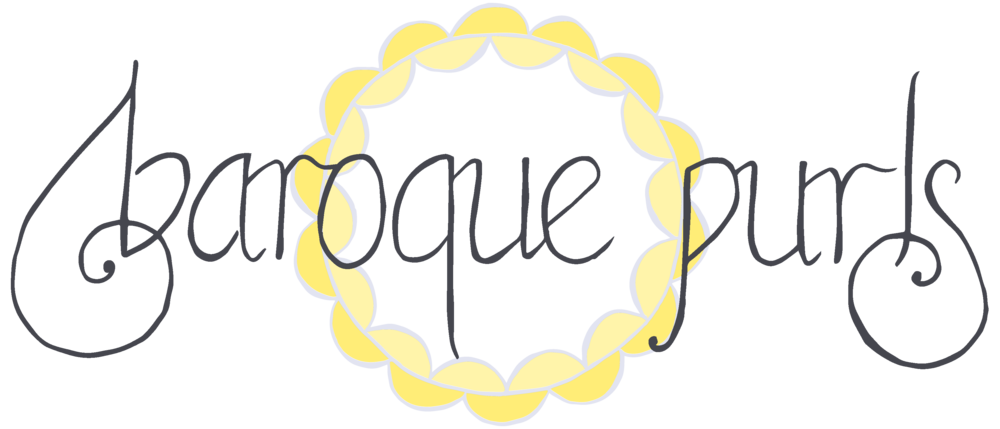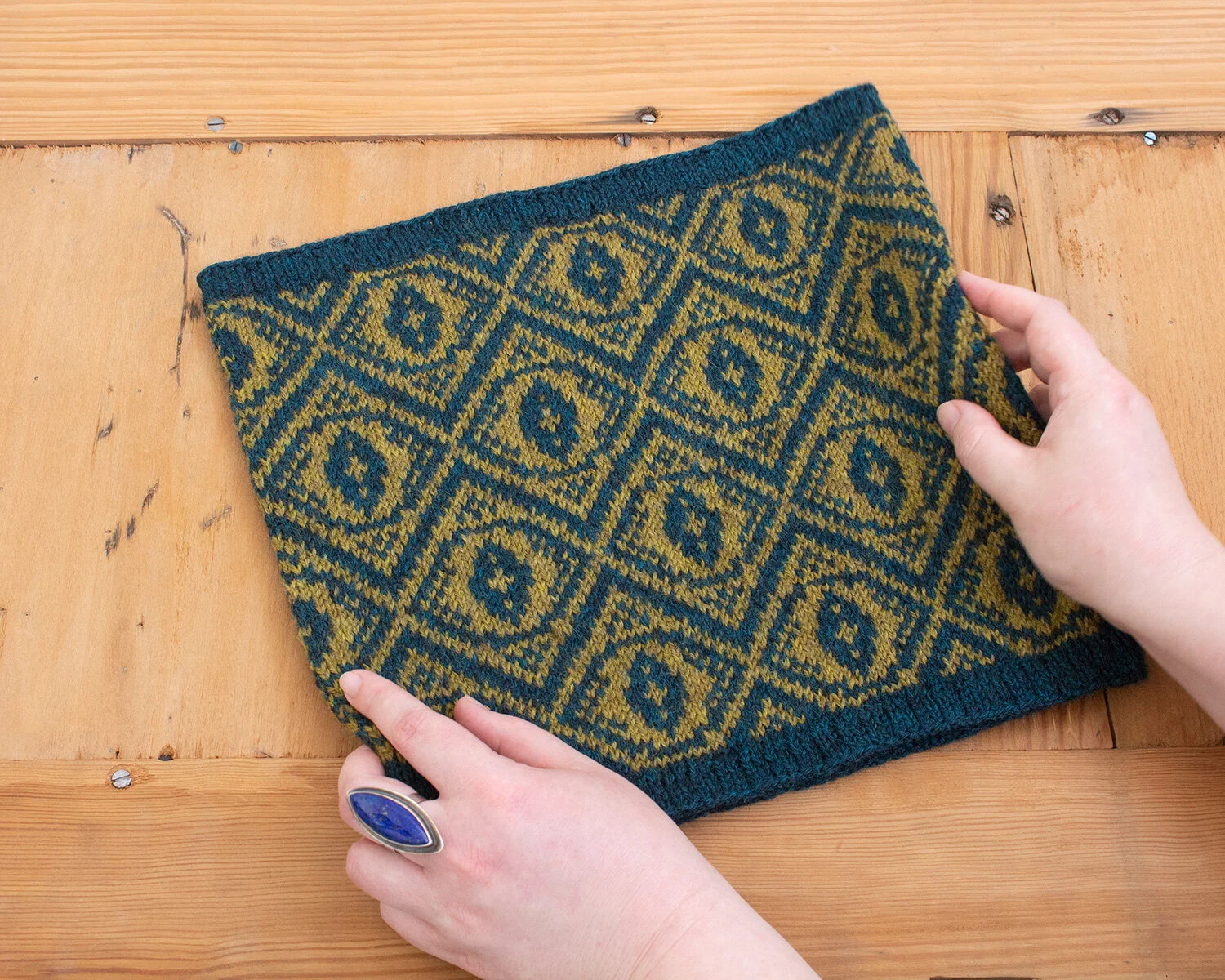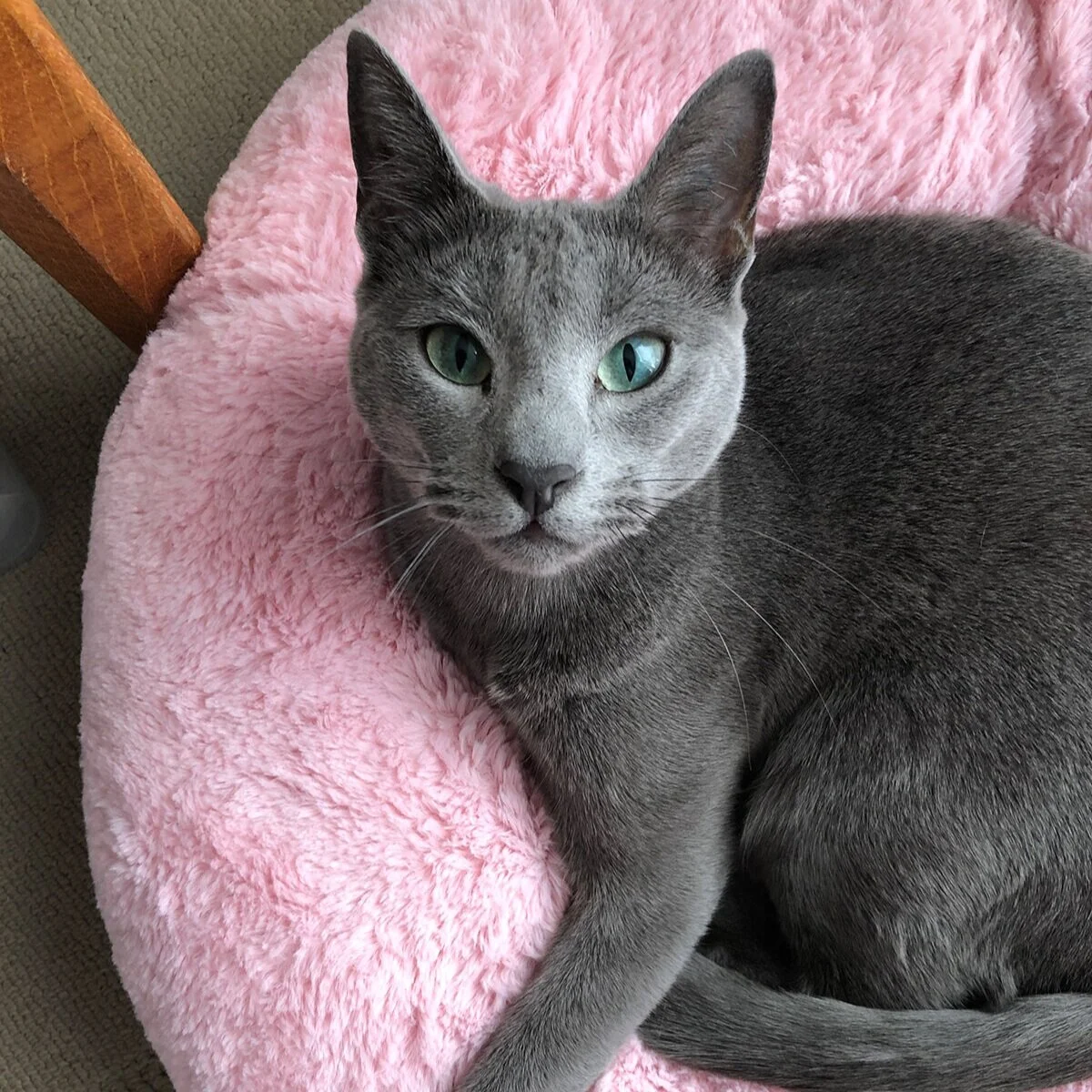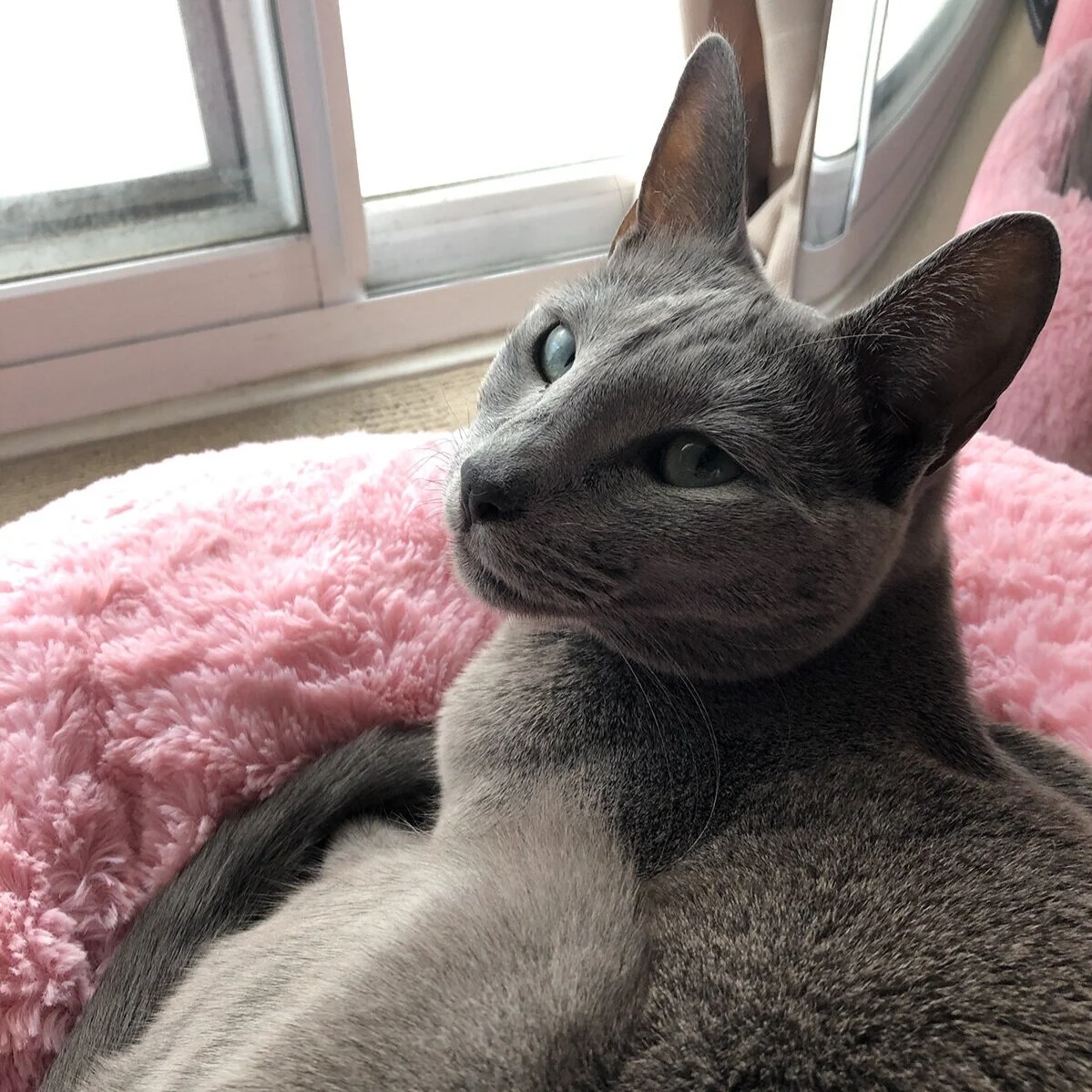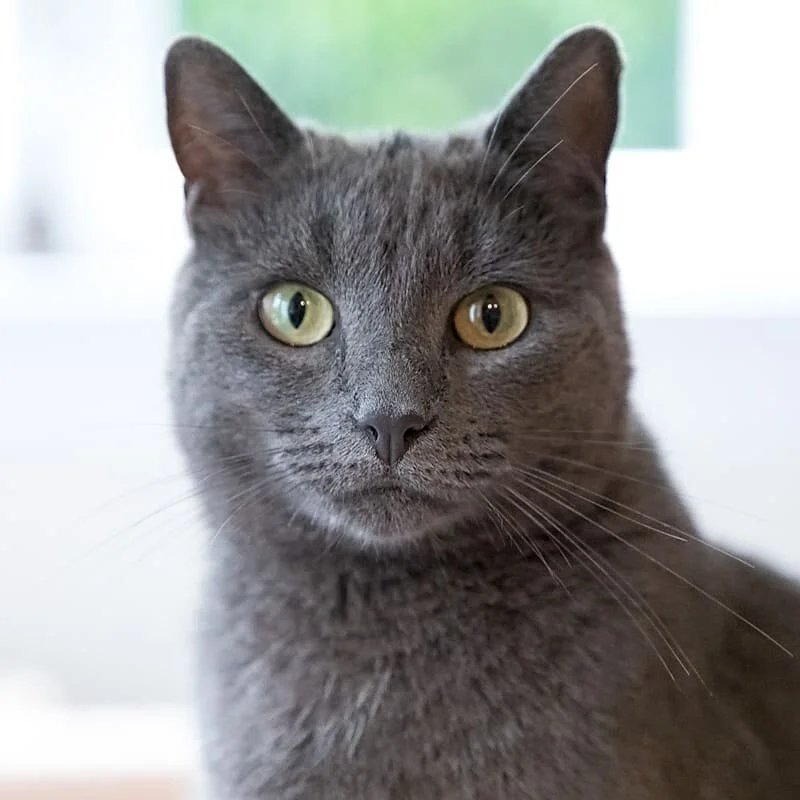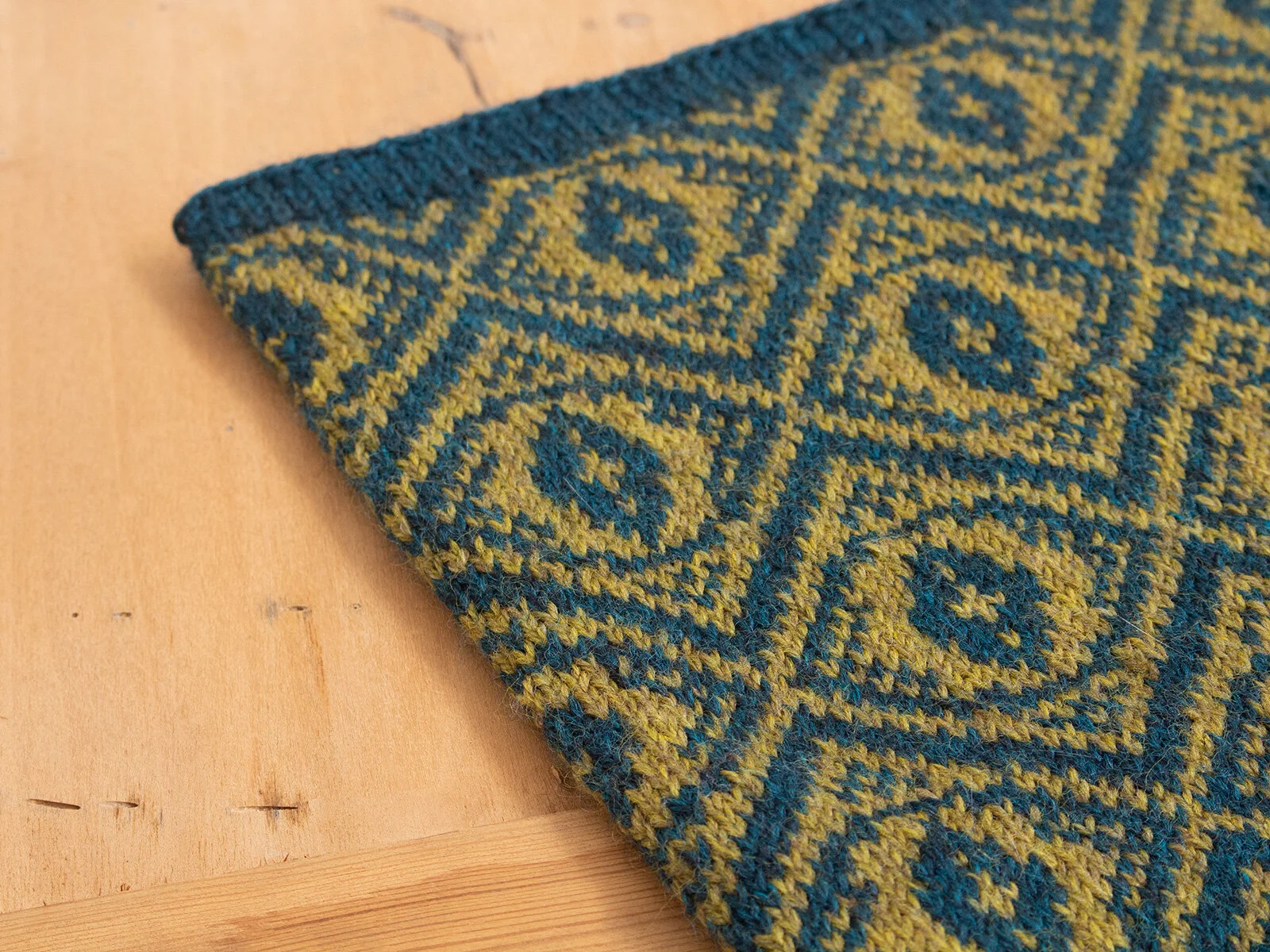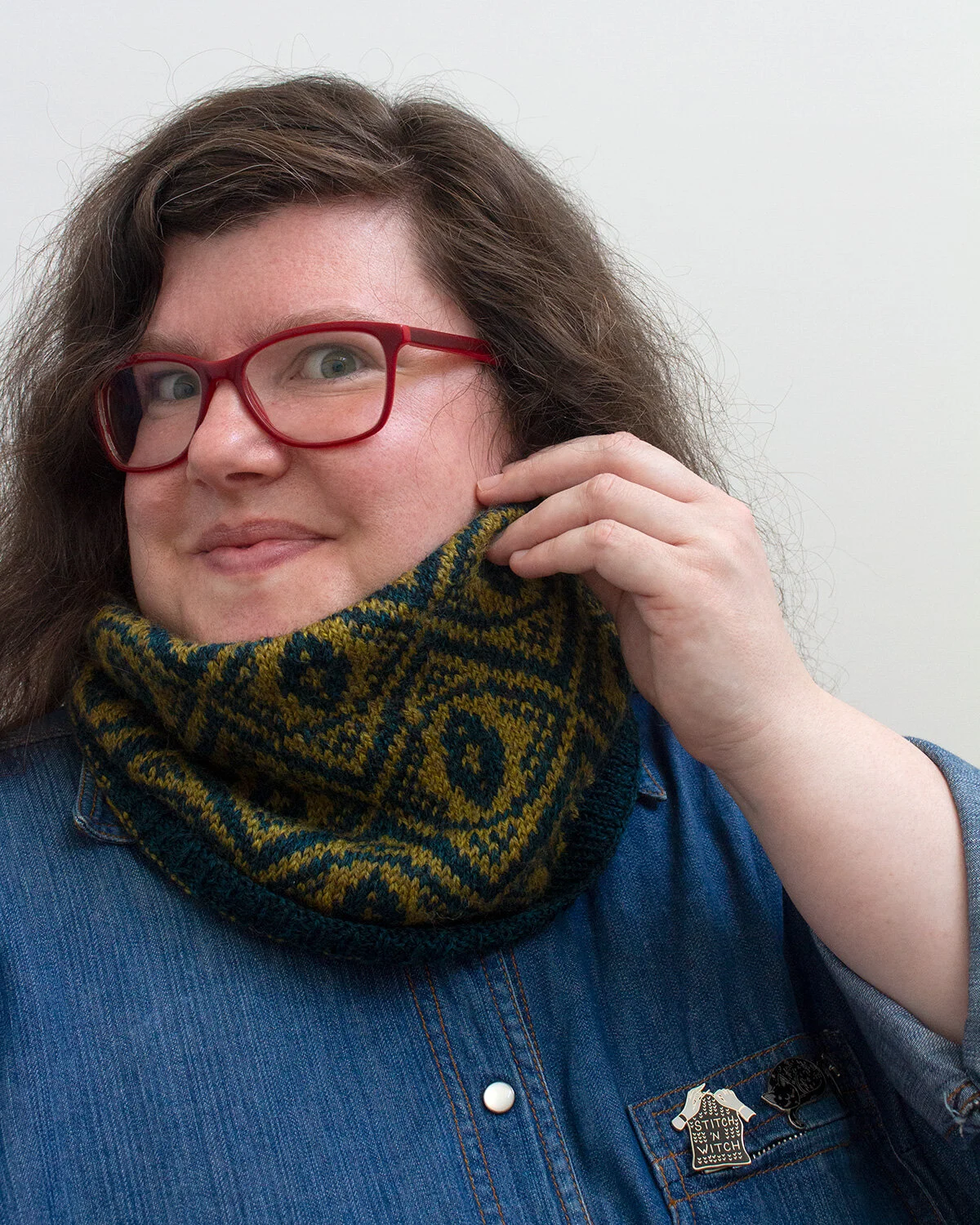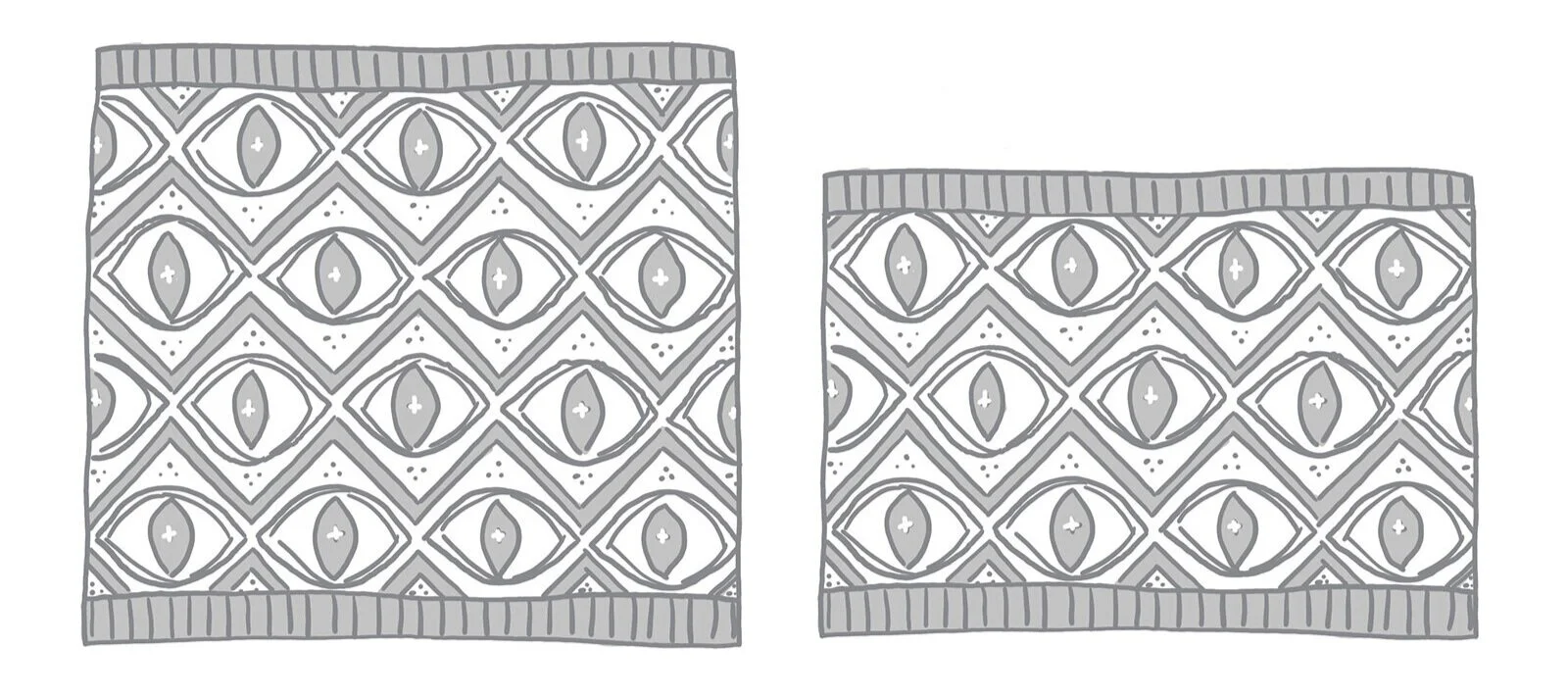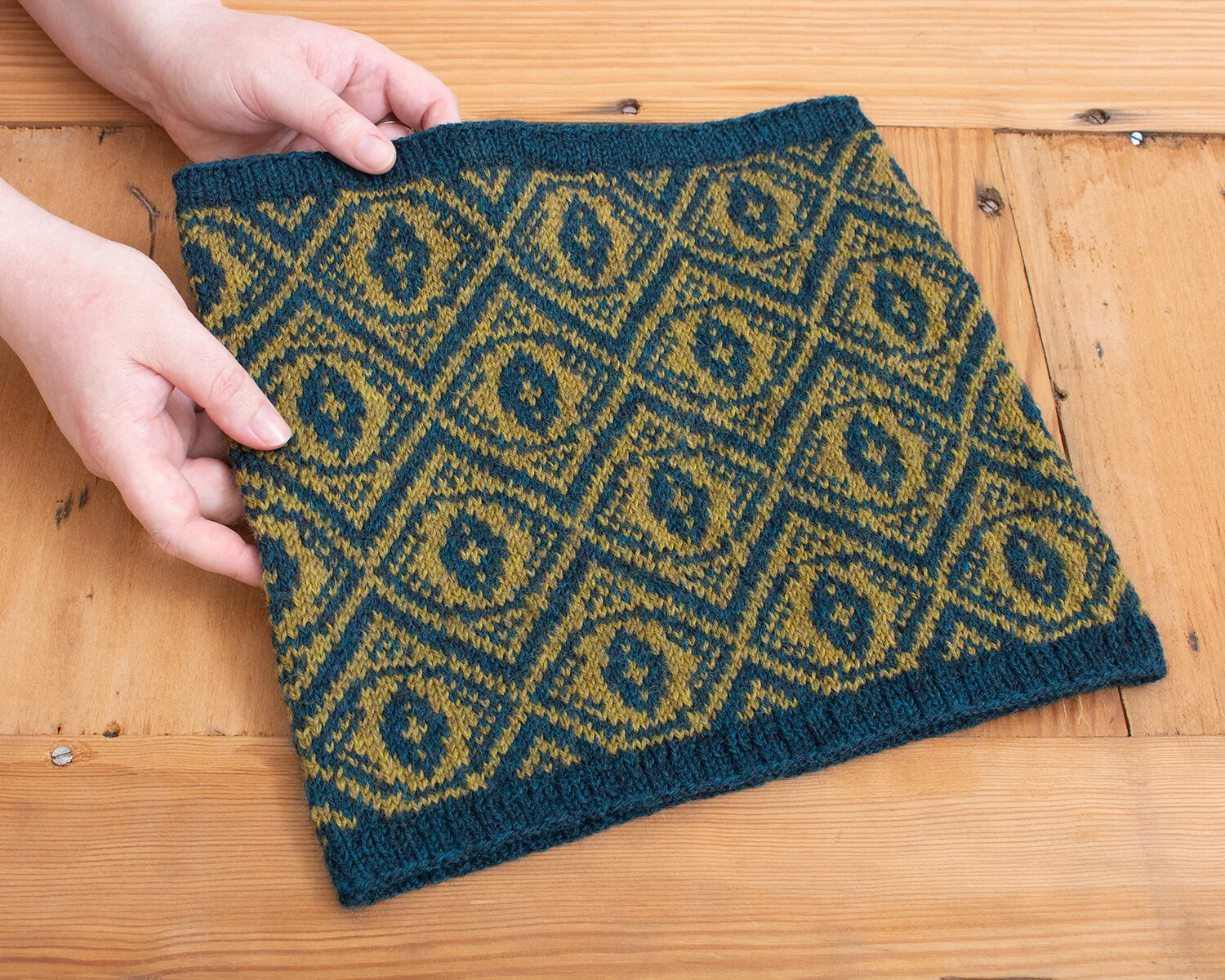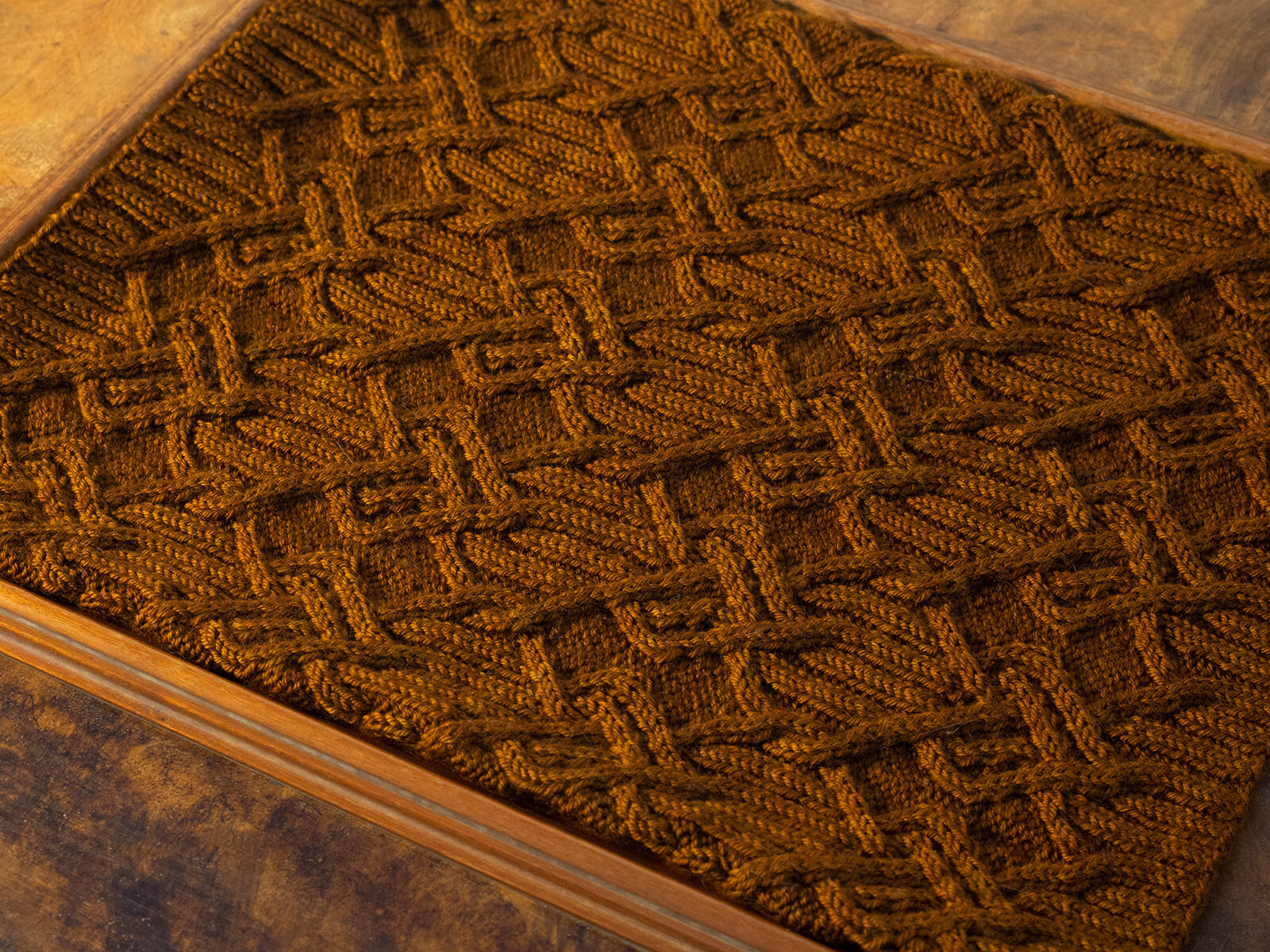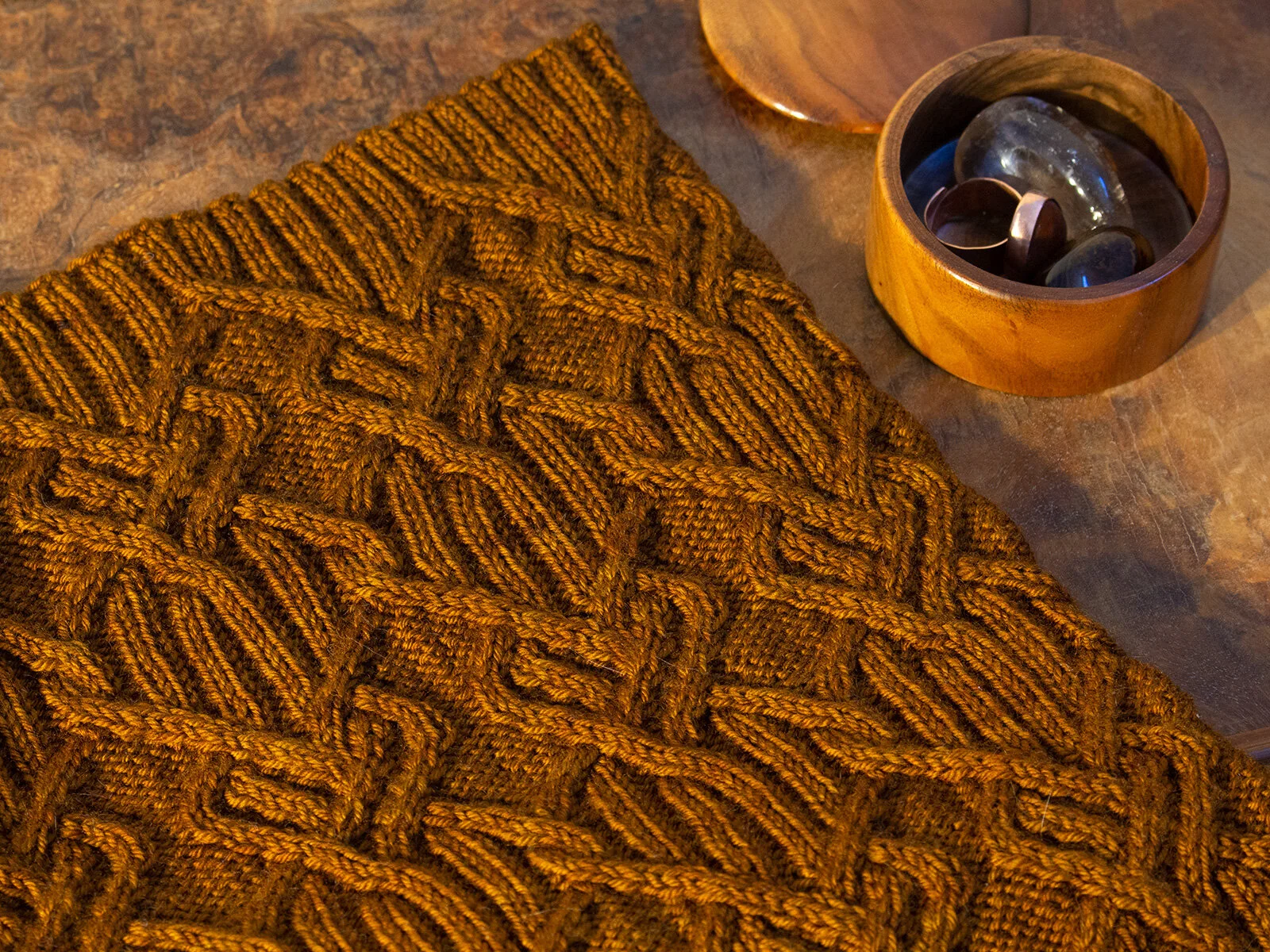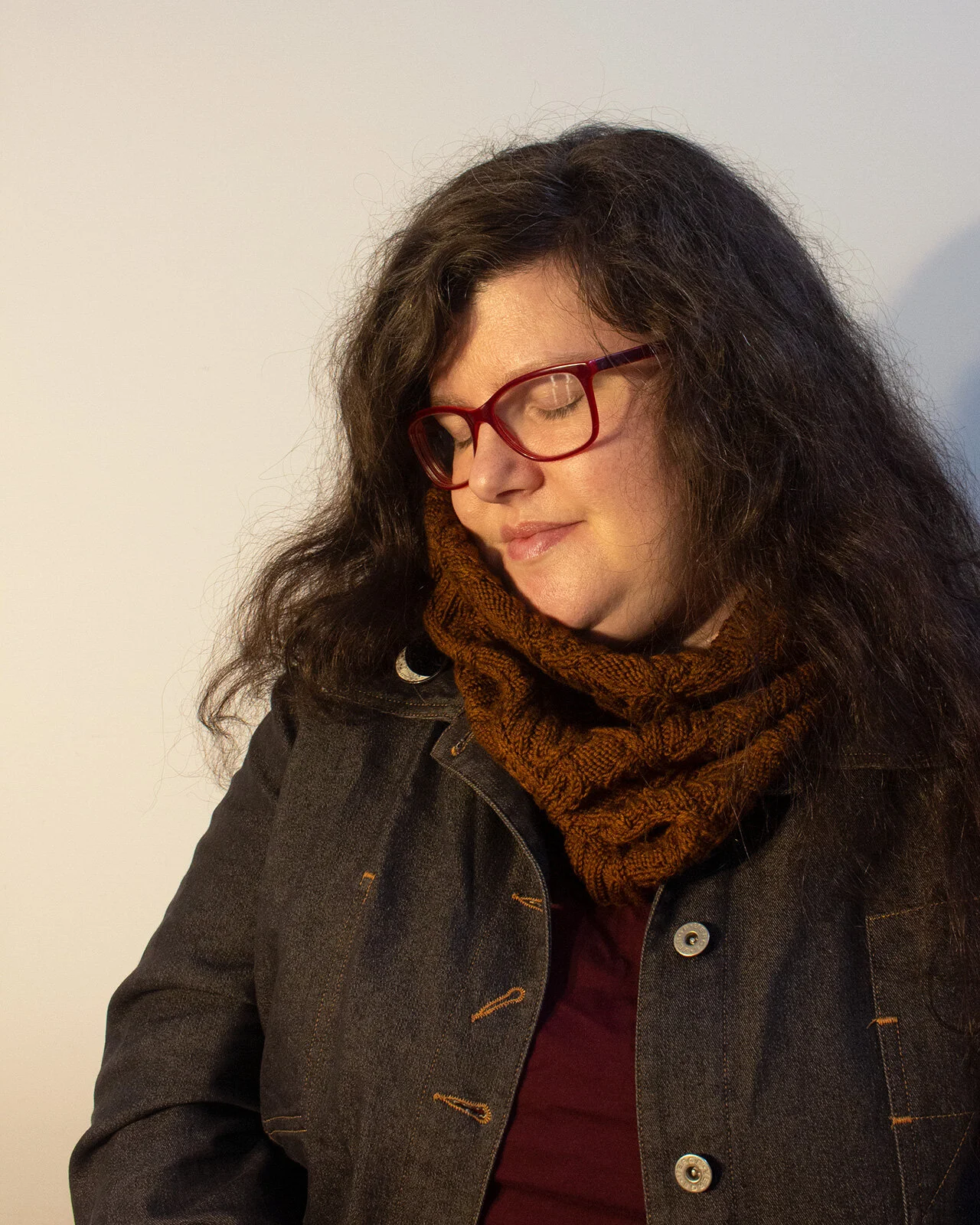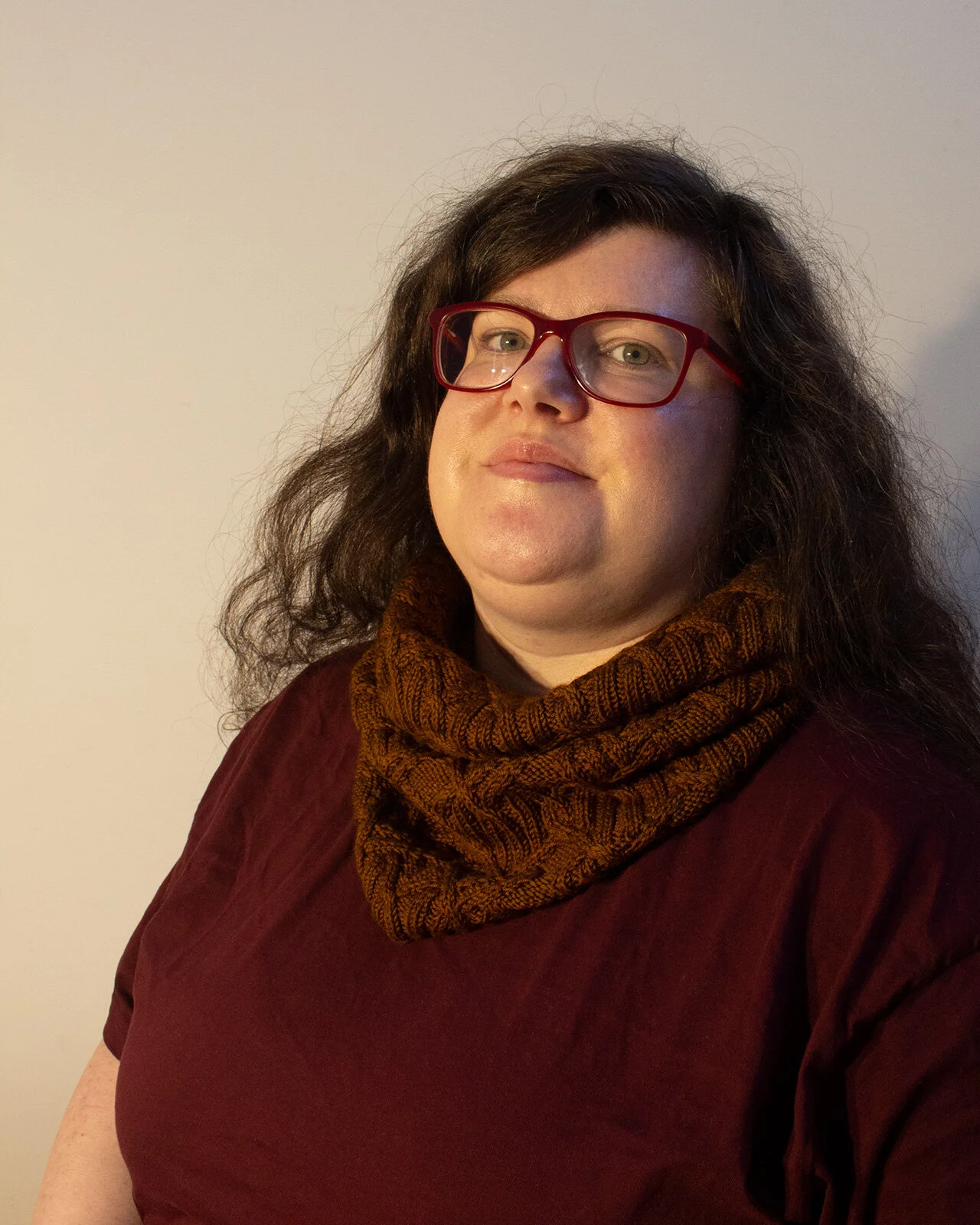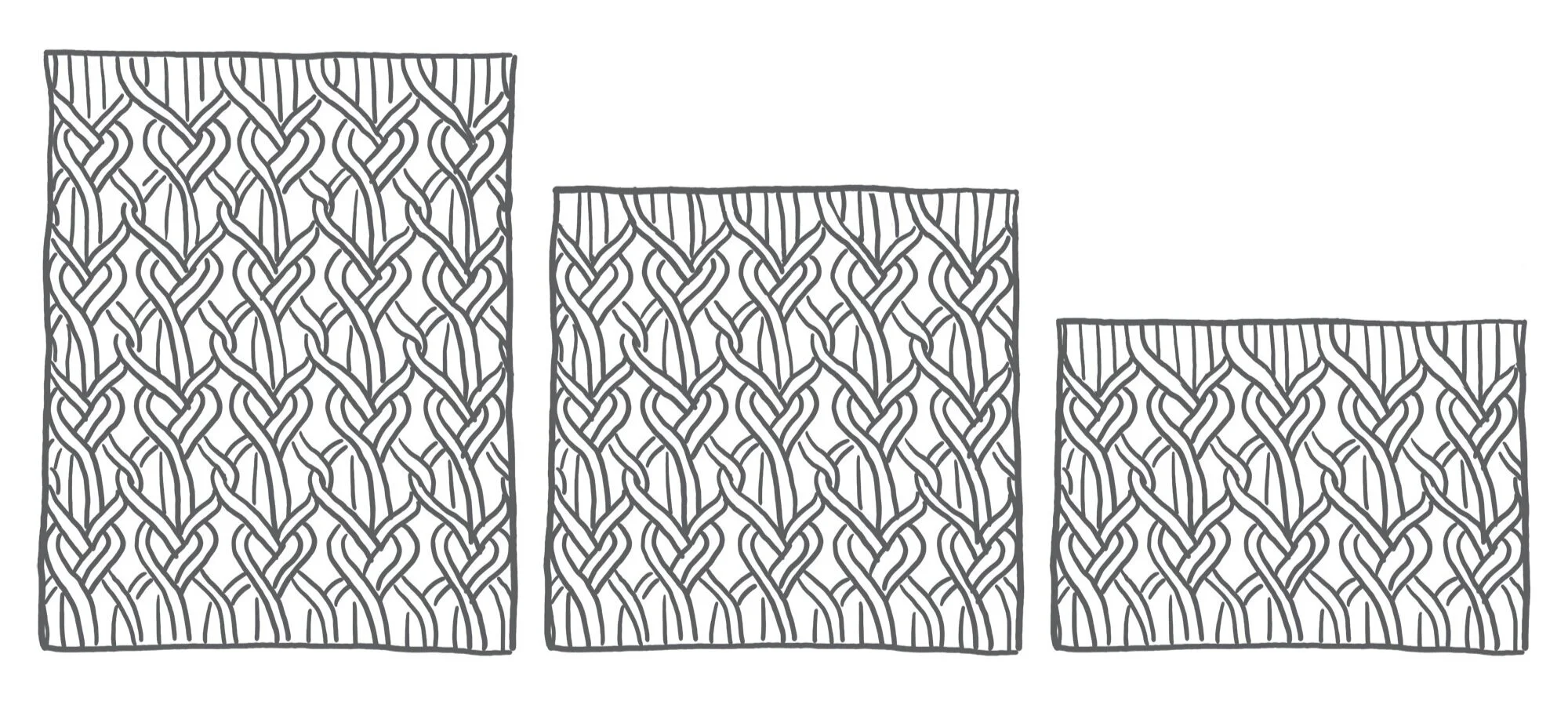If you want your newly-knitted hat to look its best, I really recommend taking the time to finish your hat by blocking it, especially if you’ve used lace stitches or colourwork. You’ll be able to tidy up uneven stitches (at least to a certain degree) and open up a lace or mosaic pattern.
Read MoreNew pattern: Heartwood Hat
It’s one year to the day since I released my Heartwood Cowl design, and at long last it has its companion hat! Introducing the Heartwood Hat, a cosy, deeply-textured beanie in DK-weight yarn featuring an all-over pattern of cabled hearts entwined with ribbing.
I actually started working on the hat design long before the cowl, but got bogged down in puzzling out the crown decreases. After a lot of unsuccessful swatching I put the hat to one side and concentrated on the cowl, and just before that pattern was ready to publish I was struck by a new idea for the hat! Sometimes sleeping on a puzzle takes rather a lot of sleeps before the brain spits out a solution. And here it is: some ribbing, a few twists, and some petal shapes in between.
The Heartwood Hat sample blocking over a balloon.
A tip from my fabulous test knitter Myriam (strickeyhands on Ravelry): if you find your stitches look a little sloppy in the crown decreases section, switch back to your smaller needles.
The yarn I used for the sample is once again from the fabulous Aussie dyer Happy Hank Co. To knit the larger size I used one 100g skein of Classy DK, but you could also use fingering-weight yarn held double, as one of my test knitters did to great effect. Classy DK is a smooth, multi-plied, superwash merino yarn, and the colour, Soba, is a very gentle pale pink. To really show off the complex cables I recommend choosing a solid or near-solid colourway, or some subtle speckles.
Two sizes are included in the pattern, and the larger size is comfortable and slightly slouchy on my 22”/56cm diameter head. It’s long enough to wear with the brim pulled down for cosiness or with a short turn-up.
Skills needed to work this pattern include the Long Tail Cast On (or your favourite for 2x2 ribbing), working in the round, working 2-over-2 cables and a few six-stitch cables, and working decreases. Both charts and full written instructions are included.
Heartwood Hat features:
a beanie hat knit in the round from the bottom up, with an all-over texture of cabled hearts and ribbing
two size options are included in the pattern, each using only a single 100g skein
requires 167 (200)yds/153 (183)m of DK-weight yarn (shown in Happy Hank Co Classy DK)
choose a smooth, multi-plied, worsted-spun yarn in a solid or near-solid colour
hat dimensions, relaxed after blocking and unstretched: 15 (18)”/38 (46)cm brim circumference, and 8.5”/21.5cm length from cast-on to crown, to fit 18-20 (21–23)”/46-51 (53.5-58.5)cm head circumference. Sample shown in larger size on my 22”/56cm head
charts and written instructions are both provided in full.
Find out more about my Heartwood Hat pattern, including Ravelry and Payhip purchase options.
New pattern: Cat's Eye Cowl
I’ve been wanting to design some cat-inspired knits for a long time. This year, when my cats have been such wonderful little distractions through lockdowns and uncertainty, has turned out to be the year! The Cat’s Eye Cowl is a tribute to my beautiful kitties Sasha and Katya, who always like to keep a close eye on me in case I might be about to hand out cat-treats or a new cardboard toy. The cowl is a short loop knit in the round, with an all-over stranded colourwork pattern featuring gleaming feline eyes and strong geometric lines.
Katya, age 2
Sasha, age 2 & 1/2
And Mitzi, Mum & Dad’s feline friend
I usually begin my colourwork designs by filling in squares in an Excel spreadsheet, which allows me to quickly copy & paste and go through a lot of variations quickly. This colourwork pattern actually began life as a moon-and-stars design, and as I played with it over time I decided the moons should be cat-like eyes instead. Not much remains of the original idea in the present pattern, except for the glints of starlight in the centre of each eye and the shading towards their outer edges. As is the case with many of my knitting ideas, simplifying the design over a number of iterations made it much stronger and also much more ‘me’.
The yarn I used for my sample is John Arbon’s Yarnadelic (100% Falklands Corriedale Wool; 364yds/333m per 100g skein), one skein in Sunflowers in my Garden for the main/background colour and one skein in Indigo Dust for the contrast colour. Yarnadelic is a multi-plied yarn with a bit of a woolly halo which helps the colourwork stitches ‘stick’ together, and the colours are beautifully rich and complex.
Two height options are included in the Cat’s Eye Cowl pattern, 9”/23cm and 11.5”/29cm, and it’s easy to alter the 24”/61cm circumference by working additional repeats if you prefer a longer or double-wrapped cowl.
Skills needed to work this pattern include the Long Tail Cast On (or your favourite cast on that will work with 3x1 ribbing), working stranded colourwork in the round, and following a colourwork chart. Tips on colour dominance, tension, and swatching colourwork in the round are included in the pattern. I would also recommend going down a needle size when you work the ribbing, which I wish I had done! You can see in the photos below the bottom ribbing has flipped up. It laid flat just fine after blocking, as you can see in the non-modelled photos - up until I put it on and moved around. I think it actually looks ok, but that wasn’t supposed to happen…
This blog post from Felicia of The Craft Sessions has a few more tricks to help avoid flippage: How To Stop Your Knitted Hem From Flipping Up.
Cat’s Eye Cowl features:
a short cowl knit in the round, with an all-over stranded colourwork pattern of cat’s eyes and geometric elements
two height options are included in the pattern, and the circumference is easily adjustable to your preference
requires MC (Main Colour): 127 (169)yds/117 (155)m + CC (Contrast Colour): 185 (228)yds/170 (209)m in sport or heavy fingering-weight yarn (shown in John Arbon Yarnadelic)
choose a wool or wool-blend yarn suitable for colourwork, in colours with sufficient contrast
cowl dimensions, relaxed after blocking: 24”/61cm circumference, and 9 (11.5)”/23 (29)cm high from cast-on to bind-off. Sample shown in 11.5”/29cm height.
Find out more about my Cat’s Eye Cowl pattern, including Ravelry and Payhip purchase options.
New pattern: Heartwood Cowl
Getting this pattern from the idea stage to its final form has followed a similar path to my Beanstalk Hat from earlier this year - a long and meandering path! At first I intended to design a DK-weight hat with columns of heart-shaped cables, but I couldn’t find a solution I liked for the crown decreases that resulted in a well-balanced-looking hat. Eventually, after a lot of ripping-out of hat crowns, I realised a cowl would work beautifully with the heart-cables flowing in and out of 2x2 ribbing. One more swatch in fingering-weight yarn, and I had my design all planned out.
(Note: Just recently I came up with another idea for the disagreeable hat decreases, so a matching hat just might be in the cards!)
I started knitting the sample for the Heartwood Cowl back in early August, at the beginning of the second Melbourne lockdown. It’s an absorbing knit which requires concentration, and between the warm comforting colour and the slightly fiddly cables it’s been the perfect lockdown project for me. The cowl’s pattern of intertwined cabled hearts is a slightly on-the-nose design element in honour of my loved ones back home in New Zealand, who I hope to be able to see next year if all goes well in the world.
The delicious brown yarn I used to knit the sample is a fingering-weight merino from Happy Hank Co - Classy Fingering (100% superwash merino; 437yds/400m per 100g skein) in the Cinnamon colourway. The combination of a fingering-weight yarn and densely-cabled texture produces a squishy and substantial fabric, with a little more drape than you might get from a heavier yarn. When choosing the yarn for this pattern, look for a smooth, multi-plied, worsted-spun yarn for a similar effect. I recommend choosing a solid or near-solid colourway to show off the texture.
I’ve included three height options in the pattern, the shortest of which uses only a single skein. The circumference is also easy to adjust to your preference by adding or subtracting repeats. Some of my wonderful test knitters even adapted the pattern to different yarn weights for their projects, including DK, worsted, and aran weights. If you’d like to use a heavier yarn, I’d recommend planning for fewer repeats - for example you might cast on eight 24-stitch repeats instead of the original ten.
Skills needed to work this pattern include the Long Tail Cast On (or your favourite for 2x2 rib), working in the round, and working 2-over-2 cables. There are also a few six-stitch cables in the mix, confined to three rounds per pattern repeat. Both charts and full written instructions are included.
Heartwood Cowl features:
a cowl knit in the round from the bottom up, with an all-over texture of cabled hearts and ribbing
three height options are included in the pattern, the shortest of which uses only a single skein, and the circumference is easily adjustable to your preference
requires 351 (496, 641)yds/321 (453, 586)m of fingering-weight yarn (shown in Happy Hank Co Classy Fingering)
choose a smooth, multi-plied, worsted-spun yarn in a solid or near-solid colour
cowl dimensions, relaxed after blocking: 24”/61cm in circumference, and 7.5 (10.75, 14)”/19 (27.5, 36)cm high from cast-on to bind-off. Sample shown in 14”/36cm height
charts and written instructions are both provided in full.
Find out more about my Heartwood Cowl pattern, including Ravelry and Payhip purchase options.
How to work twisted decreases
The lace stitches used in my Beanstalk Hat and Ensata Hat are mostly familiar ones: yarn-overs, k2tog and ssk, and knitting through the back loop (k-tbl) for added texture. But when you get to the crown of the hat, twisted decreases are thrown into the mix. You’ll find the motions familiar when working the twisted versions of k2tog, ssk, and k3tog - the big difference is that the stitch which ends up on top needs to be re-oriented so that it will twist the same way as a k-tbl stitch.
Read More